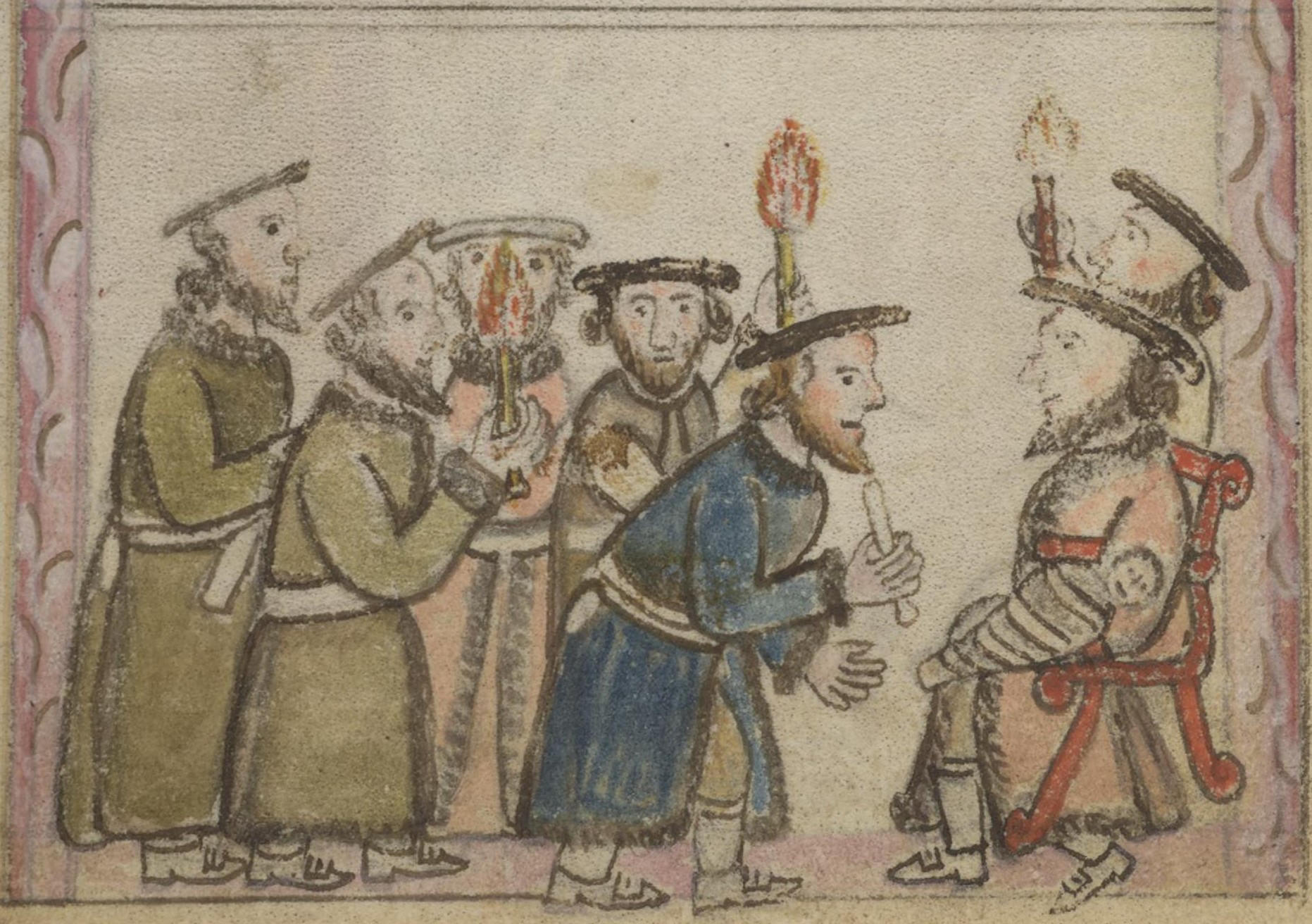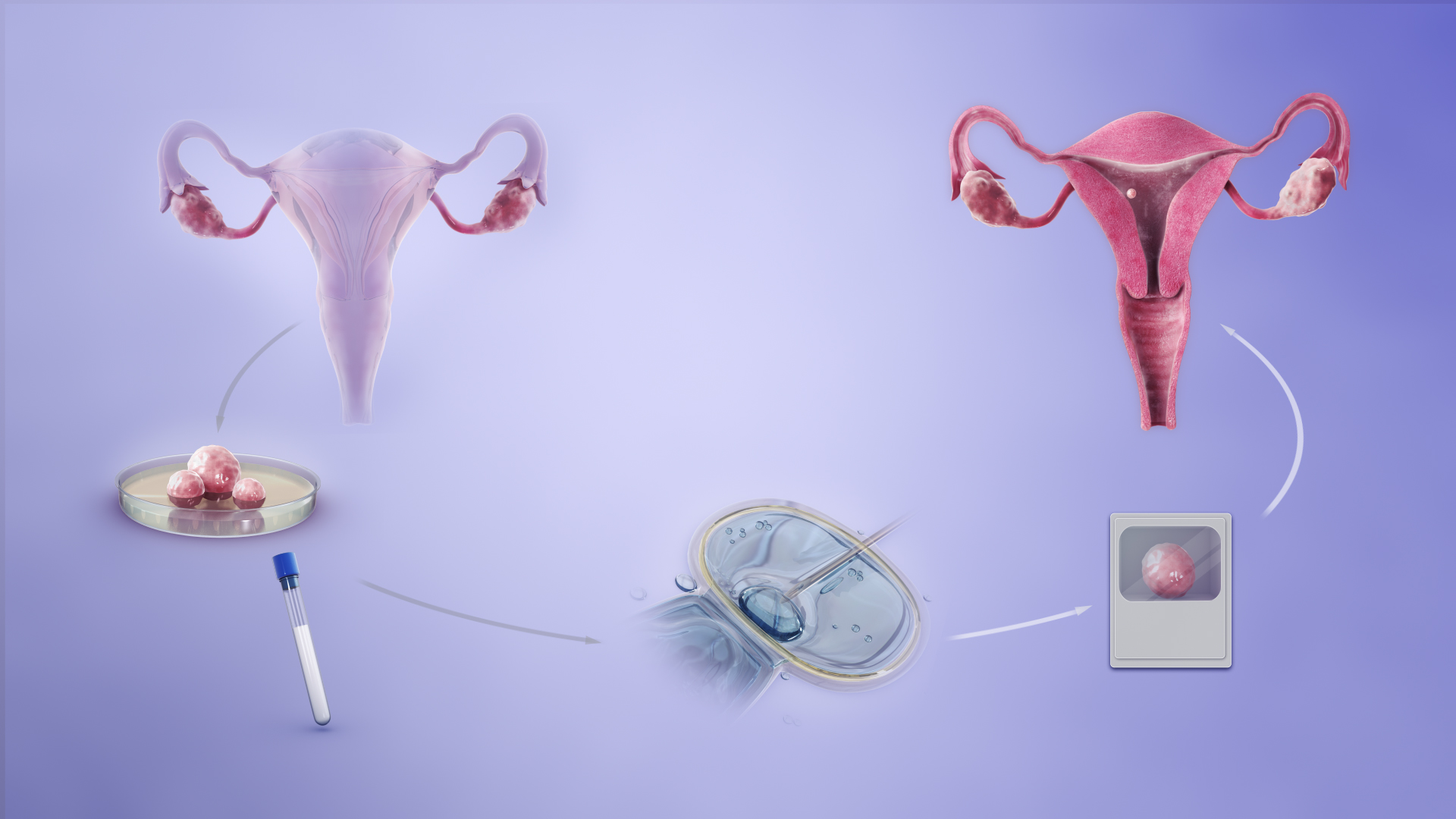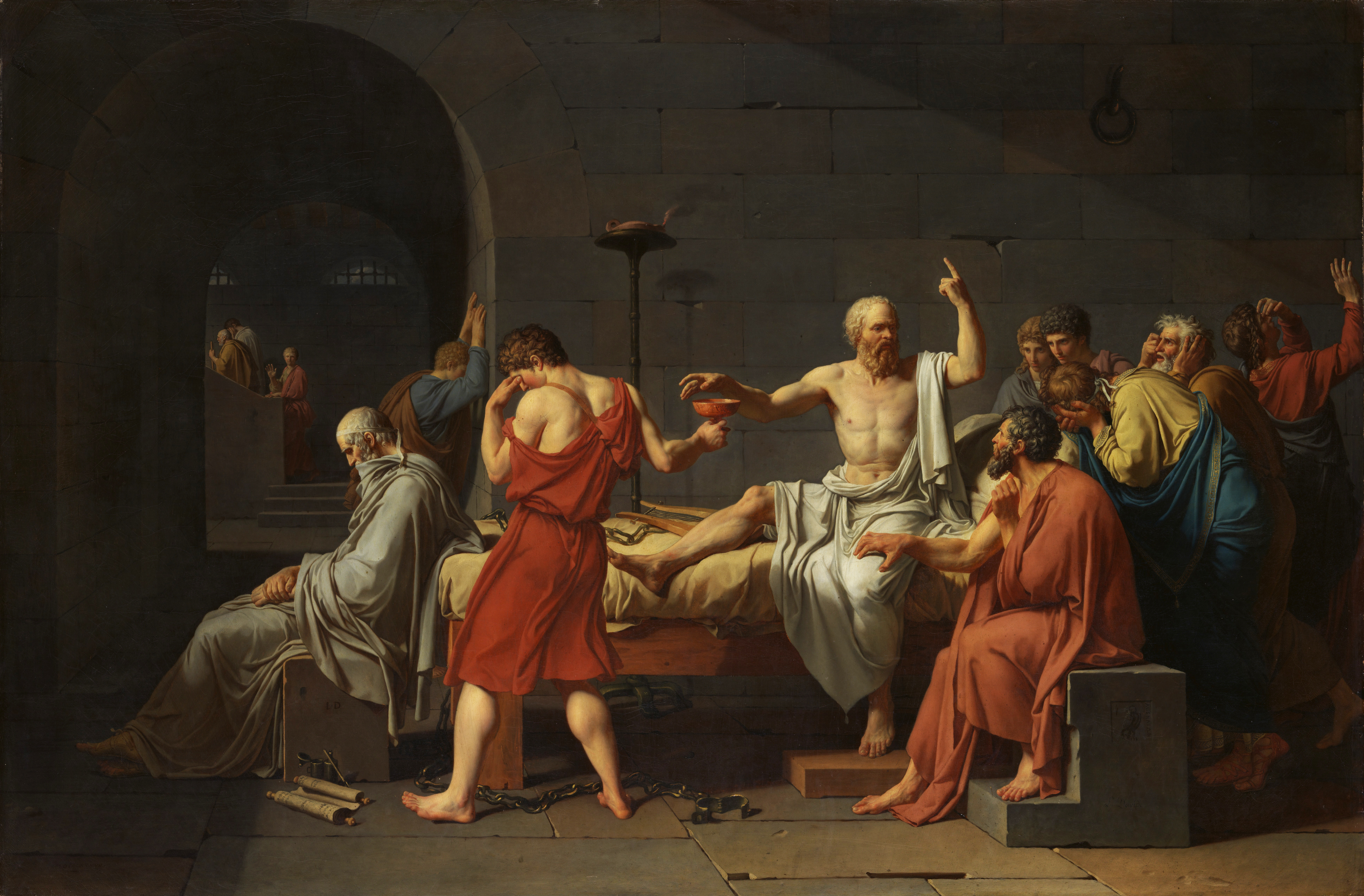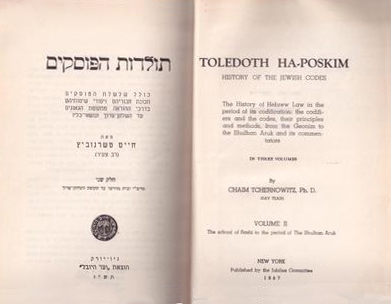|
Moshe Dovid Tendler
Moshe David Tendler (August 7, 1926September 28, 2021) was an American rabbi, professor of biology and expert in medical ethics. He served as chairman of the biology department at Yeshiva University. Biography Moshe David Tendler was born on the Lower East Side of Manhattan in New York City on August 7, 1926. He received his B.A. degree from New York University in 1947 and a master's degree in 1950. He was ordained at the Yeshiva University-affiliated Rabbi Isaac Elchanan Theological Seminary (RIETS) in 1949, and earned a Ph.D. in microbiology from Columbia University in 1957. In 1951, Yeshiva University's Samuel Belkin encouraged Tendler to lead the Great Neck Synagogue for one year as an intern, thereby becoming the community's first rabbi. He later became the long-time rabbi of the Community Synagogue of Monsey, New York. Tendler served as a senior rosh yeshiva (dean) at RIETS, and the Rabbi Isaac and Bella Tendler Professor of Jewish Medical Ethics and Professor of Biology ... [...More Info...] [...Related Items...] OR: [Wikipedia] [Google] [Baidu] |
Orthodox Judaism
Orthodox Judaism is a collective term for the traditionalist branches of contemporary Judaism. Theologically, it is chiefly defined by regarding the Torah, both Torah, Written and Oral Torah, Oral, as literally revelation, revealed by God in Judaism, God on Mount Sinai (Bible), Mount Sinai and faithfully transmitted ever since. Orthodox Judaism therefore advocates a strict observance of Jewish Law, or ''halakha'', which is to be Posek, interpreted and determined only according to traditional methods and in adherence to the continuum of received precedent through the ages. It regards the entire ''halakhic'' system as ultimately grounded in immutable revelation, essentially beyond external and historical influence. More than any theoretical issue, obeying the Kosher, dietary, Tumah and taharah, purity, ethical and other laws of ''halakha'' is the hallmark of Orthodoxy. Practicing members are easily distinguishable by their lifestyle, refraining from doing 39 Melakhot, numerous rou ... [...More Info...] [...Related Items...] OR: [Wikipedia] [Google] [Baidu] |
Medical Ethics
Medical ethics is an applied branch of ethics which analyzes the practice of clinical medicine and related scientific research. Medical ethics is based on a set of values that professionals can refer to in the case of any confusion or conflict. These values include the respect for autonomy, non-maleficence, beneficence, and justice. Such tenets may allow doctors, care providers, and families to create a treatment plan and work towards the same common goal. These four values are not ranked in order of importance or relevance and they all encompass values pertaining to medical ethics. However, a conflict may arise leading to the need for hierarchy in an ethical system, such that some moral elements overrule others with the purpose of applying the best moral judgement to a difficult medical situation. Medical ethics is particularly relevant in decisions regarding involuntary treatment and involuntary commitment. There are several codes of conduct. The Hippocratic Oath discusses ... [...More Info...] [...Related Items...] OR: [Wikipedia] [Google] [Baidu] |
Brit Milah
The ''brit milah'' (, , ; "Covenant (religion), covenant of circumcision") or ''bris'' (, ) is Religion and circumcision, the ceremony of circumcision in Judaism and Samaritanism, during which the foreskin is surgically removed. According to the Book of Genesis, God commanded the Patriarchs (Bible), biblical patriarch Abraham to be circumcised, an act to be followed by his descendants on the eighth day of life, symbolizing Covenant of the pieces, the covenant between God in Judaism, God and the Jewish people. Today, it is generally performed by a mohel on the eighth day after the infant's birth and is followed by a celebratory meal known as ''seudat mitzvah''. ''Brit Milah'' is considered among the 613 commandments, most important and central commandments in Judaism, and the rite has played a central role in Jewish history, the formation and history of Jewish culture, Jewish civilization. The Talmud, when discussing the importance of ''brit milah'', considers it equal to all ot ... [...More Info...] [...Related Items...] OR: [Wikipedia] [Google] [Baidu] |
Organ Donation
Organ donation is the process when a person authorizes an organ (anatomy), organ of their own to be removed and organ transplantation, transplanted to another person, #Legislation and global perspectives, legally, either by consent while the donor is alive, through a Authorization, legal authorization for deceased donation made prior to death, or for deceased donations through the authorization by the De jure, legal next of Kinship, kin. Donation may be for research or, more commonly, healthy transplantable organs and tissues may be donated to be transplanted into another person. Common transplantations include kidney transplantation, kidneys, heart transplantation, heart, liver transplantation, liver, pancreas transplantation, pancreas, intestine transplantation, intestines, lung transplantation, lungs, bone transplantation, bones, bone marrow transplantation, bone marrow, skin transplantation, skin, and cornea transplantation, corneas. Some organs and tissues can be donated ... [...More Info...] [...Related Items...] OR: [Wikipedia] [Google] [Baidu] |
Death
Death is the end of life; the irreversible cessation of all biological functions that sustain a living organism. Death eventually and inevitably occurs in all organisms. The remains of a former organism normally begin to decompose shortly after death. Some organisms, such as '' Turritopsis dohrnii'', are biologically immortal; however, they can still die from means other than aging. Death is generally applied to whole organisms; the equivalent for individual components of an organism, such as cells or tissues, is necrosis. Something that is not considered an organism, such as a virus, can be physically destroyed but is not said ''to die'', as a virus is not considered alive in the first place. As of the early 21st century, 56 million people die per year. The most common reason is aging, followed by cardiovascular disease, which is a disease that affects the heart or blood vessels. As of 2022, an estimated total of almost 110 billion humans have died, or rou ... [...More Info...] [...Related Items...] OR: [Wikipedia] [Google] [Baidu] |
Infertility
In biology, infertility is the inability of a male and female organism to Sexual reproduction, reproduce. It is usually not the natural state of a healthy organism that has reached sexual maturity, so children who have not undergone puberty, which is the body's start of fertility, reproductive capacity, are excluded. It is also a normal state in women after menopause. In humans, ''infertility'' is defined as the inability to become pregnant after at least one year of unprotected and regular sexual intercourse involving a male and female partner. There are many causes of infertility, including some that Assisted reproductive technology, medical intervention can treat. Estimates from 1997 suggest that worldwide about five percent of all heterosexual couples have an unresolved problem with infertility. Many more couples, however, experience involuntary childlessness for at least one year, with estimates ranging from 12% to 28%. Male infertility is responsible for 20–30% of infert ... [...More Info...] [...Related Items...] OR: [Wikipedia] [Google] [Baidu] |
Euthanasia
Euthanasia (from : + ) is the practice of intentionally ending life to eliminate pain and suffering. Different countries have different Legality of euthanasia, euthanasia laws. The British House of Lords Select committee (United Kingdom), select committee on medical ethics defines euthanasia as "a deliberate intervention undertaken with the express intention of ending a life to relieve intractable suffering". In the Netherlands and Belgium, euthanasia is understood as "termination of life by a doctor at the request of a patient". The Dutch law, however, does not use the term 'euthanasia' but includes the concept under the broader definition of "assisted suicide and termination of life on request". Euthanasia is categorised in different ways, which include Voluntary euthanasia, voluntary, Non-voluntary euthanasia, non-voluntary, and Involuntary euthanasia, involuntary. [...More Info...] [...Related Items...] OR: [Wikipedia] [Google] [Baidu] |
Community Synagogue Monsey
A community is a social unit (a group of people) with a shared socially-significant characteristic, such as place, set of norms, culture, religion, values, customs, or identity. Communities may share a sense of place situated in a given geographical area (e.g. a country, village, town, or neighborhood) or in virtual space through communication platforms. Durable good relations that extend beyond immediate genealogical ties also define a sense of community, important to people's identity, practice, and roles in social institutions such as family, home, work, government, TV network, society, or humanity at large. Although communities are usually small relative to personal social ties, "community" may also refer to large-group affiliations such as national communities, international communities, and virtual communities. In terms of sociological categories, a community can seem like a sub-set of a social collectivity. In developmental views, a community can emerge out of a colle ... [...More Info...] [...Related Items...] OR: [Wikipedia] [Google] [Baidu] |
Posek
In Jewish law, a ''posek'' ( , pl. ''poskim'', ) is a legal scholar who determines the application of ''halakha'', the Jewish religious laws derived from the written and Oral Torah, in cases of Jewish law where previous authorities are inconclusive, or in those situations where no clear ''halakhic'' precedent exists. The decision of a posek is known as a ''psak halakha'' ("ruling of law"; pl. ''piskei halakha'') or simply a "psak". ''Piskei halakha'' are generally recorded in the responsa literature. Orthodox Judaism Poskim play an integral role in Orthodox Judaism. * Generally, each community will regard one of its ''poskim'' as its ''Posek HaDor'' ("posek of the present generation"). * Most rely on the rav in their community (in Hasidic communities, sometimes the rebbe) or the leading posek. Poskim will generally not overrule a specific law unless based on an earlier authority: a posek will generally extend a law to new situations but will not change the Halakhah. ... [...More Info...] [...Related Items...] OR: [Wikipedia] [Google] [Baidu] |
Moshe Feinstein
Moshe Feinstein (; Lithuanian pronunciation: ''Moishe Fainshtein''; ; March 3, 1895 – March 23, 1986) was a Russian-born American Orthodox Jewish rabbi, scholar, and ''posek'' (authority on ''halakha''—Jewish law). He has been called the most famous Orthodox Jewish legal authority of the twentieth century and his rulings are often referenced in contemporary rabbinic literature. Feinstein served as president of the Union of Orthodox Rabbis, Chairman of the Council of the Moetzes Gedolei HaTorah of the Agudath Israel of America, and head of Mesivtha Tifereth Jerusalem in New York. Feinstein is commonly referred to simply as ''"Reb Moshe"'' (or ''"Rav Moshe"''). Biography Moshe Feinstein was born, according to the Hebrew calendar, on Adar 7, 5655 in Uzda, near Minsk, Belarus (then part of the Russian Empire). His father, David Feinstein, was the rabbi of Uzda and a great-grandson of the Vilna Gaon's brother. David Feinstein's father, Yechiel Michel Feinstein, was a ... [...More Info...] [...Related Items...] OR: [Wikipedia] [Google] [Baidu] |
Halakha
''Halakha'' ( ; , ), also Romanization of Hebrew, transliterated as ''halacha'', ''halakhah'', and ''halocho'' ( ), is the collective body of Judaism, Jewish religious laws that are derived from the Torah, Written and Oral Torah. ''Halakha'' is based on biblical commandments (''Mitzvah, mitzvot''), subsequent Talmudic and Mitzvah#Rabbinic mitzvot, rabbinic laws, and the customs and traditions which were compiled in the many books such as the ''Shulchan Aruch'' or ''Mishneh Torah''. ''Halakha'' is often translated as "Jewish law", although a more literal translation might be "the way to behave" or "the way of walking". The word is derived from the Semitic root, root, which means "to behave" (also "to go" or "to walk"). ''Halakha'' not only guides religious practices and beliefs; it also guides numerous aspects of day-to-day life. Historically, widespread observance of the laws of the Torah is first in evidence beginning in the second century BCE, and some say that the first evide ... [...More Info...] [...Related Items...] OR: [Wikipedia] [Google] [Baidu] |








